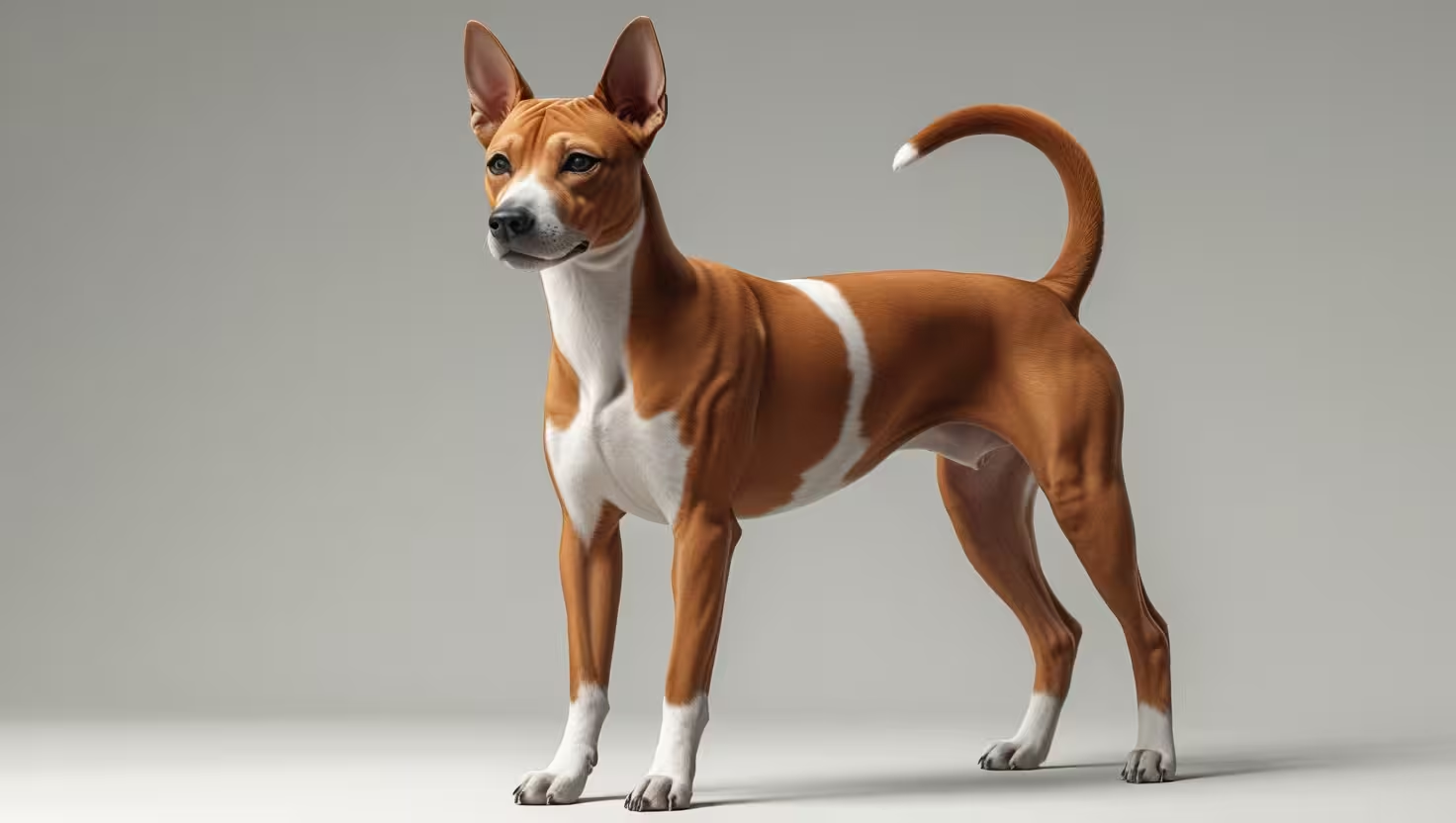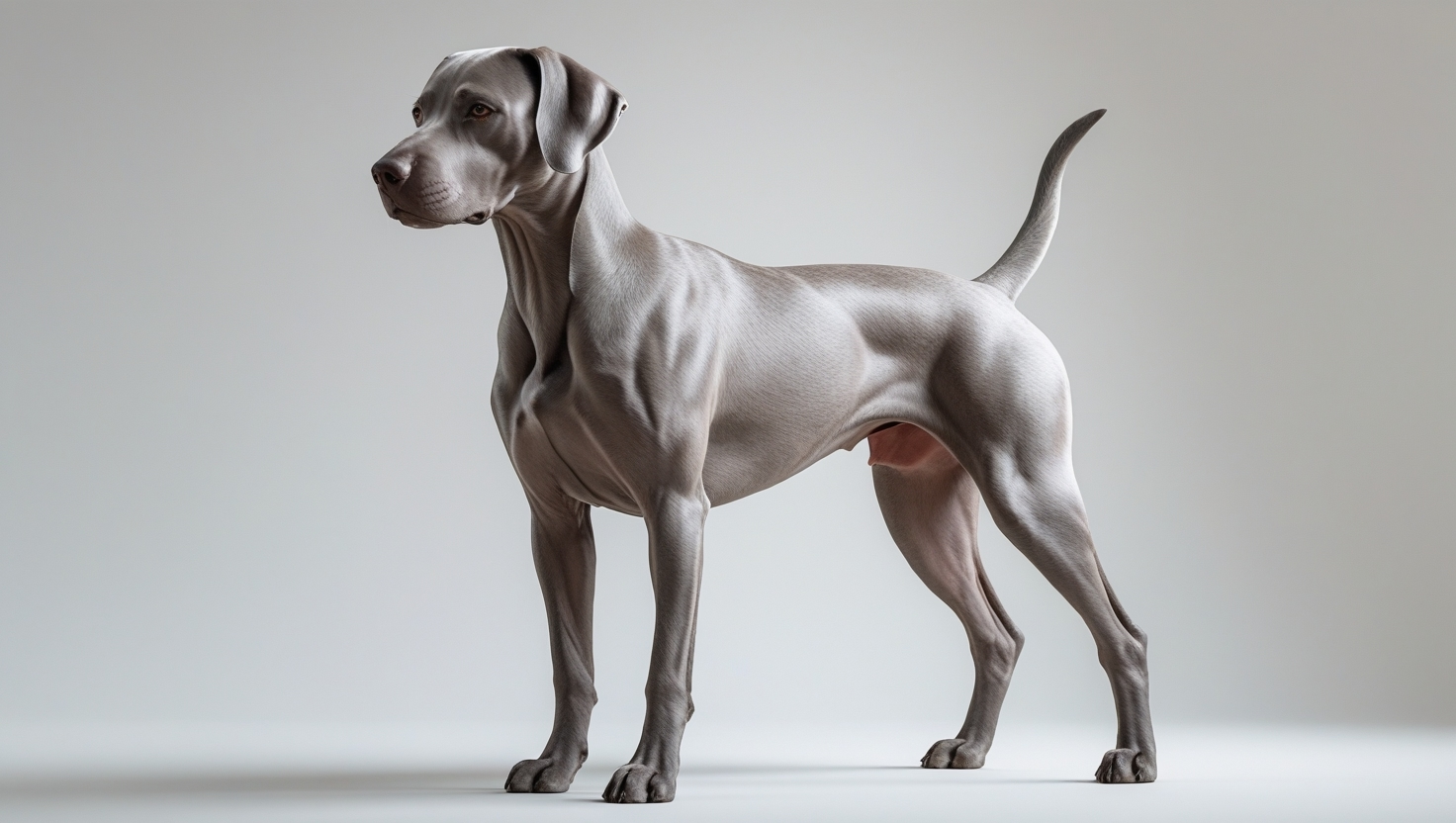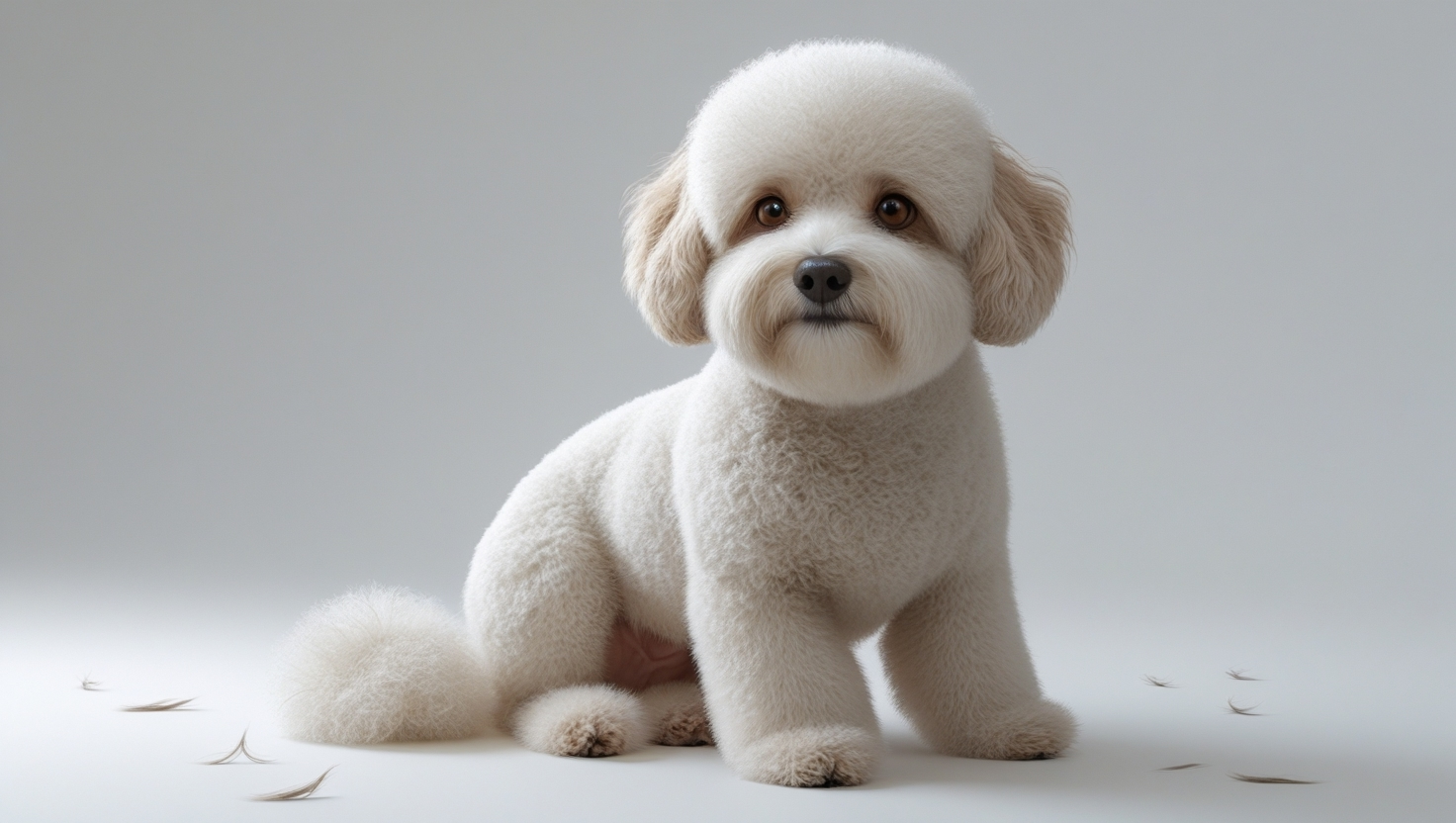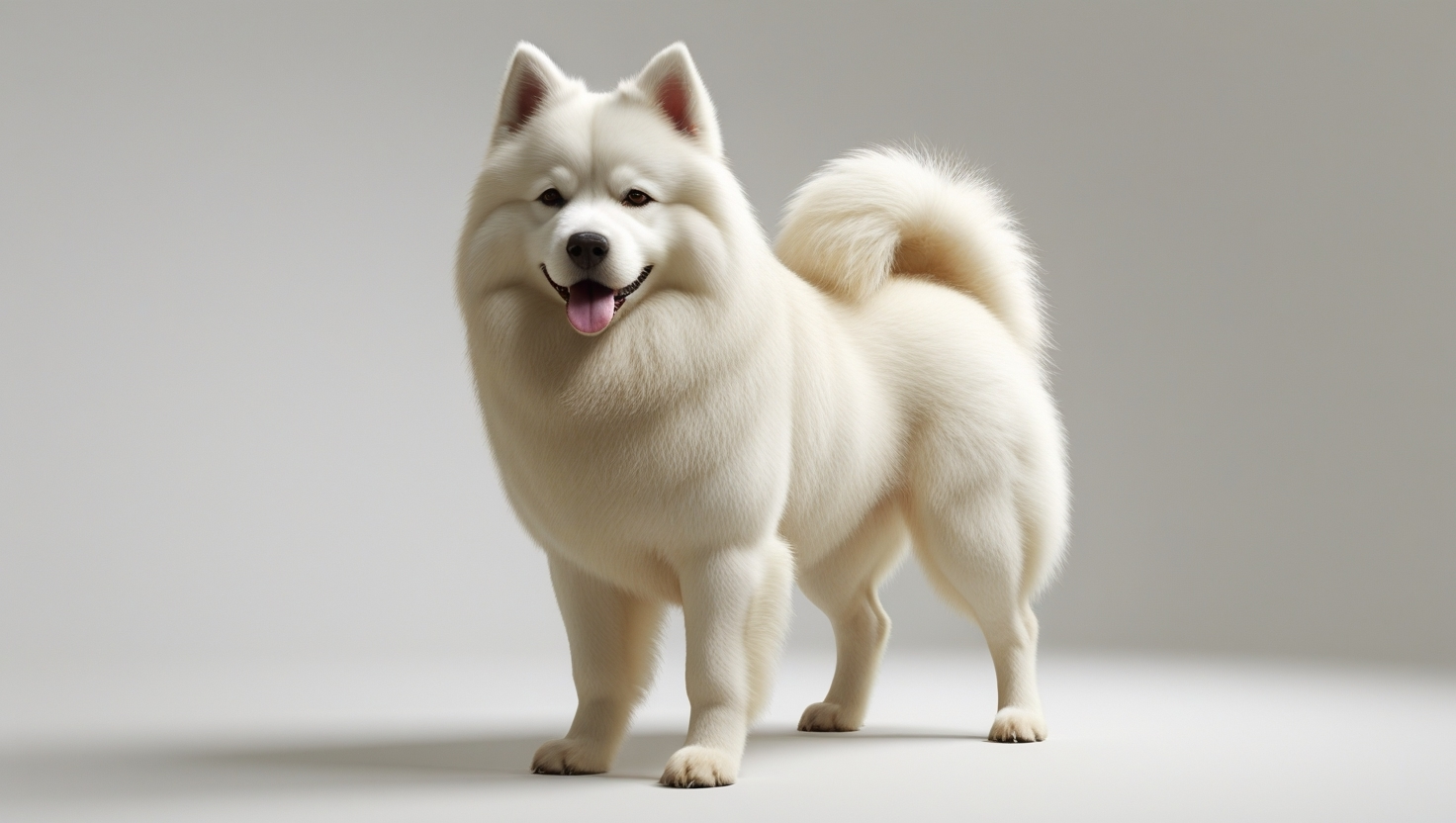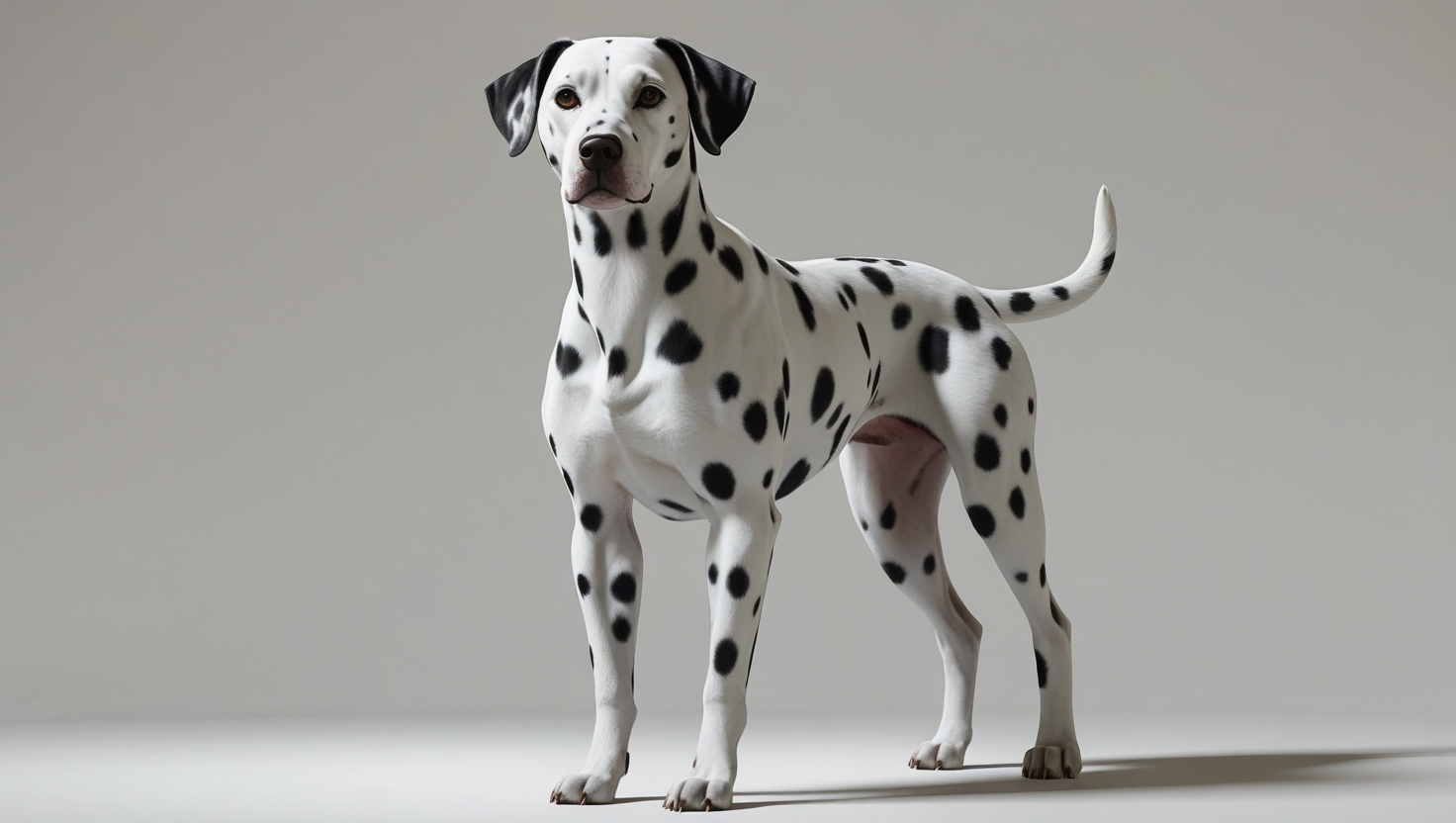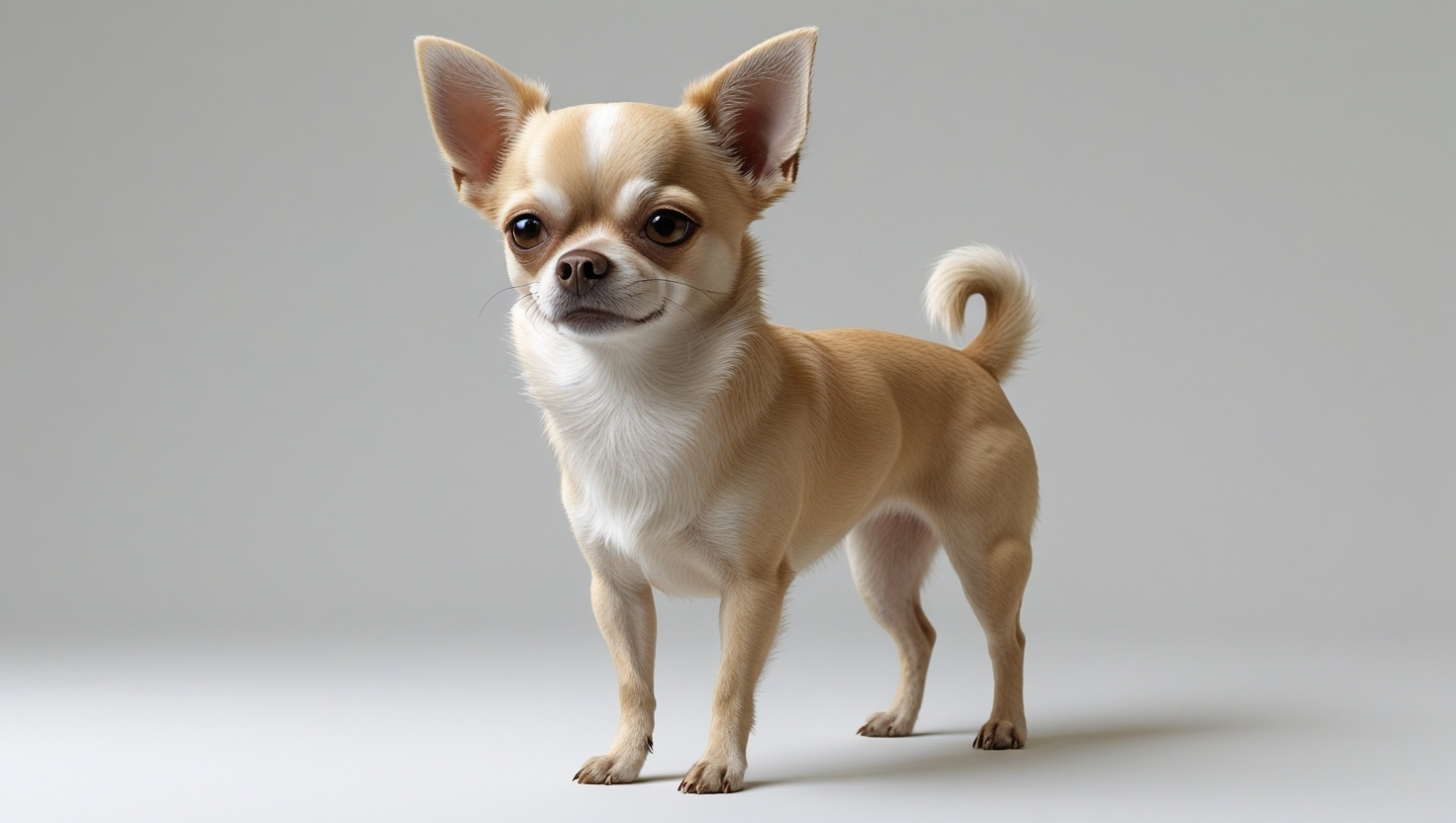Did you know that the
Akita is one of the most emblematic and respected breeds in the world? Beyond their striking appearance, there’s so much more to these fascinating animals. Here are some facts and curiosities you might not know:
- They are a symbol of loyalty in Japan: In Japan, the Akita represents loyalty and protection. This reputation partly stems from the famous story of Hachiko, an Akita that waited for its owner at the train station for years, even after the owner’s death;
- Akitas were bred to hunt large animals: Originally developed to hunt bears, boars, and even deer in Japan’s mountains, the Akita’s strength and courage are traits that continue to impress;
- There are two types of Akitas: The Japanese Akita, which is more sleek and elegant, and the American Akita, which is more robust and muscular. Both are considered Akitas, but their physical characteristics differ;
- Their coat sheds drastically twice a year: Akitas have a double coat that sheds heavily during seasonal coat changes. During this time, you’ll likely find tufts of fur all over your home;
- They are not noisy dogs: A standout trait of the breed is that Akitas rarely bark. When they do, it’s usually for a good reason, such as alerting to an intruder or something unusual;
- Excellent guard dogs: Naturally protective and wary of strangers, Akitas make outstanding guard dogs. However, they are extremely loyal and affectionate with their families;
- Revered as "spiritual dogs": In some parts of Japan, Akitas are believed to have the power to ward off evil spirits and bring good luck to the homes they inhabit.


